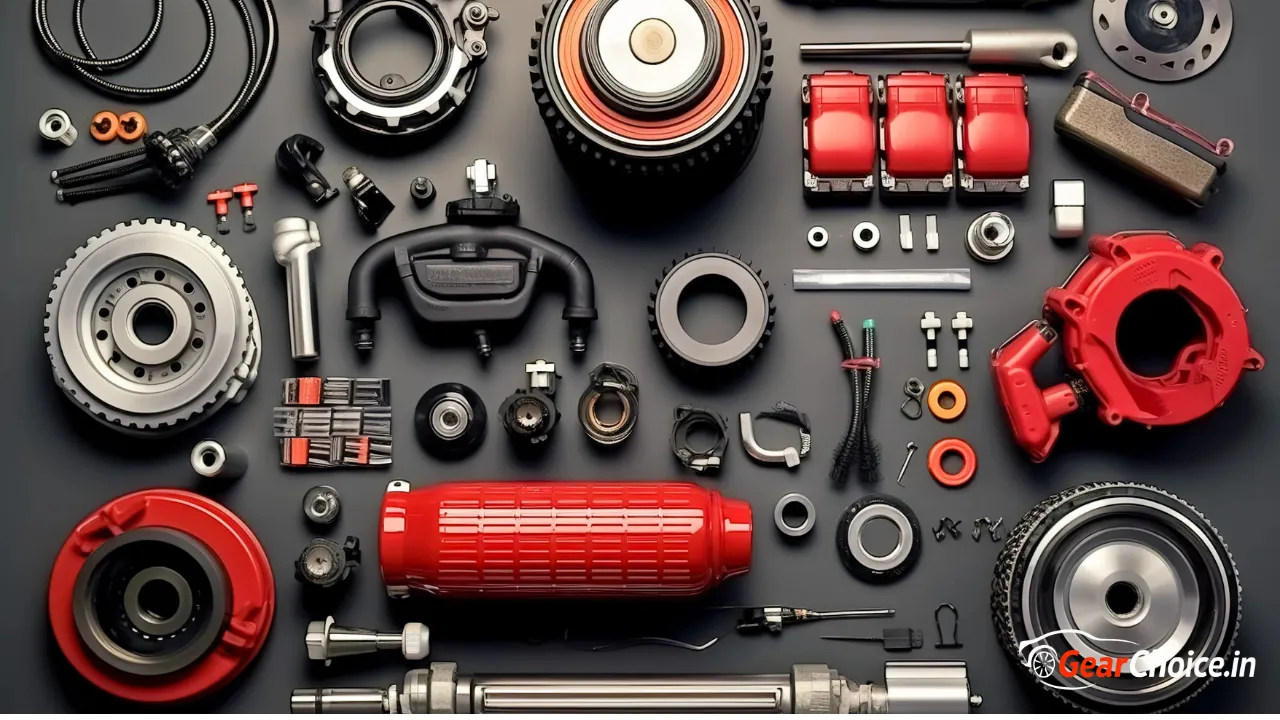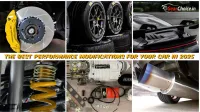How to choose the best performance parts for your car.
Upgrading your car with performance parts can be one of the most rewarding projects. Whether you're aiming for faster throttle response, more horsepower, or better handling, it's important to choose the right components. But with so many options on the market – air intakes, exhaust systems, suspension kits, and beyond – it's easy to feel overwhelmed. Follow this straightforward guide to making smart decisions, avoiding costly mistakes, and enjoying the results of your hard work.
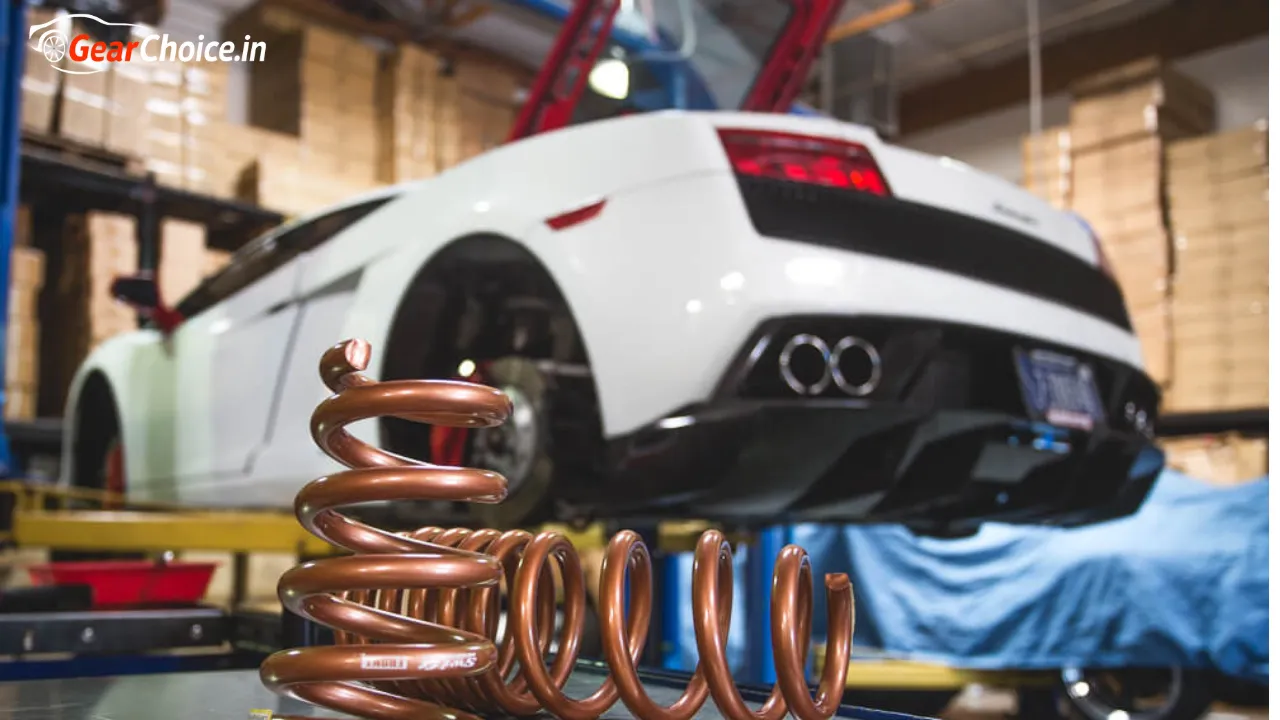
1. Set your goals
Before browsing the catalog or scrolling through the forums, ask yourself:
What do I want to achieve? More power on the road? A better lap time on the track? A combination of the two?
What’s my daily driving scenario? Traveling, an exciting weekend drive, or a dedicated track day?
What’s my budget? Performance parts can range from affordable bolt‑on upgrades to high‑end racing components.
Clear goals will guide every choice you make – from choosing the right brand to choosing between a street‑tuned suspension and a full coil‑over setup.
2. Once your objectives are set, be familiar with the main types of performance parts:
Ingestion and Air Flow
Cold air pulls cold air from outside the engine bay.
High‑flow air filters improve breathing without full intake swapping.
Exit and header
The cat‑back exhaust system replaces everything from the catalytic converter back.
Headers improve the exhaust scavenging on the engine.
Engine tuning and electronics
ECU remaps or piggyback tuners adjust the fuel and ignition curves for more power.
Performance chips offer plug‑and‑play advantages over some manufacturers and models.
Suspension and brake
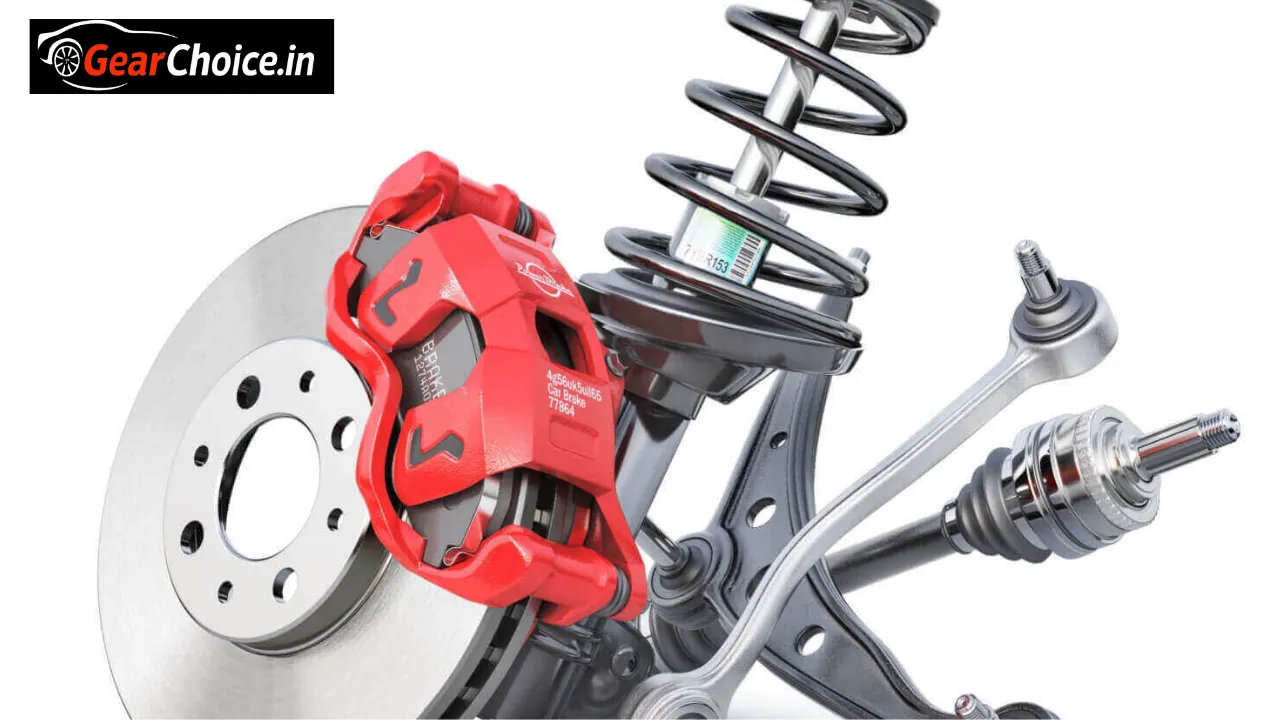
Lowering springs and coil‑overs speed up handling and reduce body roll.
Big‑brake kits provide strong stopping power under hard use.
Drivetrain and transmission
Upgraded clutches handle the extra power without slipping.
A limited‑slip differential keeps both wheels rotating under hard‑corner acceleration.
Understanding what each category does helps you focus on the parts that are most important to your goals.
3. Prioritize quality and consistency.
All aftermarket parts are not created equal. Here’s how to distinguish the winners from the wannabes:
Choose a reputable brand. Established manufacturers often support their products with warranties and solid technical support.
Check the fitment guide. Confirm that each part is designed for your exact make, model, year, and engine version.
Read real‑world reviews. See feedback from drivers who are set up like you – the same car, the same goal.
Verify certifications. Look for TUV, CARB, or SEMA compliance to ensure safety and emissions standards.
Remember: a cheap part that doesn’t fit correctly or fails prematurely costs more in time, labor, and frustration.
Balancing performance with reliability
It’s tempting to chase the biggest numbers on the dyno sheet, but reliability matters – especially if you drive your car regularly. To achieve the right balance:
Choose road‑friendly upgrades. Lighter cams or cat‑back exhausts give noticeable benefits without sacrificing drivability.
Avoid one‑size‑fits‑all solutions. A track‑only suspension can be too rigid for everyday roads.
Plan for incremental changes. Tackle one system at a time (intake → exhaust → tuning) so you can monitor benefits and troubleshoot easily.
Gradual upgrading lets you evaluate real gains and decide if you’re ready to move forward.
Factors in installation and maintenance
Even the best parts are wasted if they are installed or maintained incorrectly. Keep these in mind:
D.I.Y. vs. professional installation.
Some bolt‑ons – such as air filters or drop‑in coils – are straightforward. Leave complex systems (fuel, engine internals) to experienced shops.
Alignment and calibration.
Suspension changes almost always require a professional alignment. ECU tunes may require a final dyno session for the perfect street setting.
Regular check‑ups.
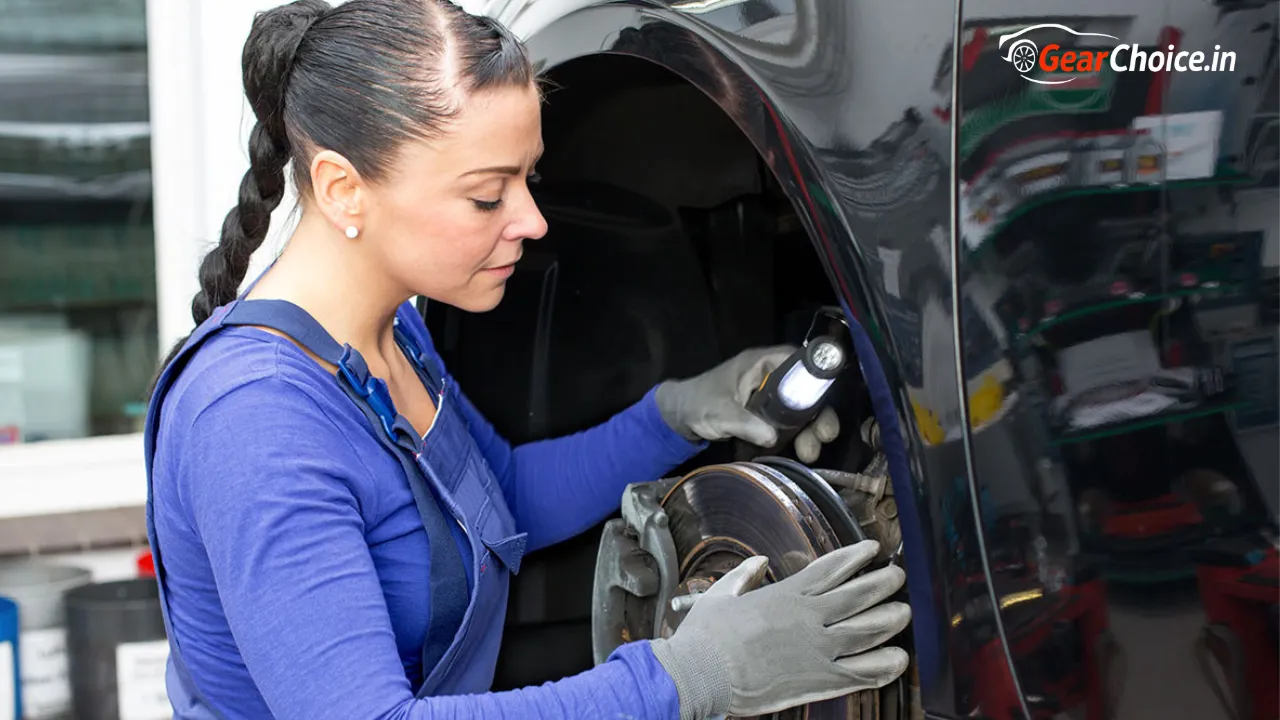
Performance brakes need periodic pad and fluid inspections. High‑flow intakes require filter cleaning every few thousand miles.
Building a relationship with a reliable tuner or mechanic pays dividends in both performance and peace of mind.
Set a realistic budget
Performance upgrades can add up quickly. To get the most bang for your buck:
Create a list of priorities. Rank parts by their impact on your specific goals.
Shop for deals. Look for seasonal sales (Black Friday, year‑end closeouts) or reputable used parts in good condition.
Account for labor costs. Factor in shop rates, alignment fees, and dyno time if you’re tuning.
Allocating your budget in advance avoids sticker shock and prevents overspending on low‑impact changes.
7. Upgrading your car is as much about the journey as it is about the destination. Take out time for this.
Documenting your project. Keep the receipts, take “before and after” photos, and log mileage and dyno results to track your progress and celebrate your success.

